Back to the LEGO Index
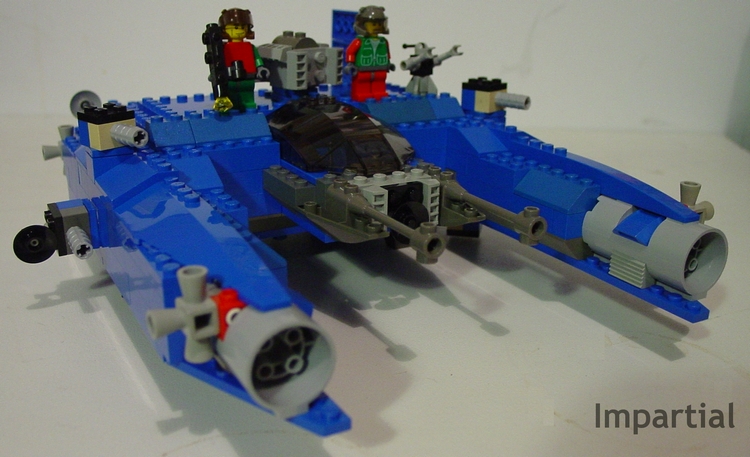 |
| | "Impartial" was the third off the production line of the "Jury" medium fighter class. Jury fighters were designed as the general "anything" craft, and are used for numerous missions, ranging from escort to assault. They were designed around the THNKR-2 combat system which comprises of two main sensor arrays, several smaller arrays and a utility bot, all controlled by a central AI integrated into the ship. The top array, while electronically steerable, can also rotate to enhance the data and/or reduce interference. The lower array is designed to cover the areas that the top array misses, and it is designed to also serve as a high-resolution mapping sensor. The utility bot is non-sentient and acts as the "hands" of the ship, enabling it to self-maintain. The bot is generally seen by the crew to be the "brains" of the ship and, while it is discouraged by Defence Command, most have a name. The bot on Impartial is known as "Max". | | 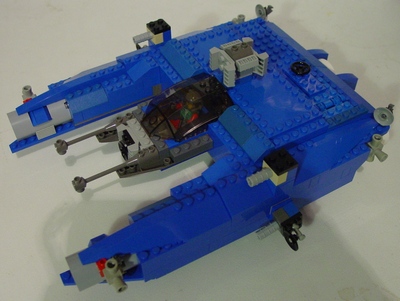 |
| |
| 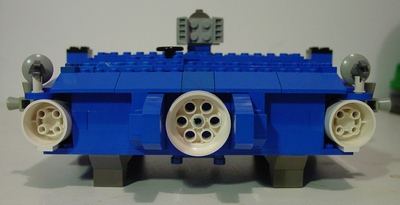 | | Jury fighters have a single main fusion plant, with an smaller auxiliary as backup. Aside from electricity, the power from the plants are used to generate plasma that is used in the four thrust drives, the boost drive, and the six plasma cannons. The four thrust drives allow Jury fighters to decelerate almost as fast as they can accelerate and each also has a directional thruster for manoeuvring. The single boost drive is designed for long acceleration and is much more efficient and powerful than the thrust drives, but it requires around 60 seconds to come up to full power and the same to be shut down. Thus it is used for exiting from a planet and for normal transits, not combat. |
| |
| | While the Jury class was designed for space, they are capable of planetary operations. The landing area does need to be large however as they do not have the power to do a high-sink-rate landing. This is because they have no dedicated descent engines, instead the directional thrusters are used. The pilot needs to come in low, and simultaneously slow forward velocity while allowing the ship to descend. Generally it is encouraged for the THNKR-2 to be used. Take off is less of a problem as once the Jury is clear of the ground it can pitch and then use the main output of the thrust drives. Some pilots have been known to use this method to land, but after several crashes caused by engines melting this technique was banned. Jury fighters have no problem leaving the gravity well of most planets, but the average planet departure will require 25% of the onboard fuel. It is important to note that the auxiliary fusion plant does not generate sufficient power for planetary operations. | | 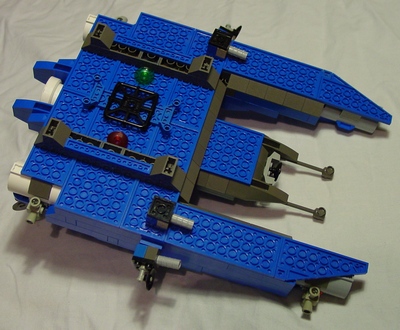 |
| |
|  | | While the weapon systems of this class is designed to be effective to all targets, they are best used against similar sized or larger ships. This is because the plasma cannons have only 5 degrees of non-mechanical steering, and the turret can only rotate. (This is a limitation caused by the decision to prioritise the power of the cannon over its ability to be aimed.) Thus the technique of smaller and more manoeuvrable targets tends to rely on combining the cannon arcs and rotating the ship. There is a laser emitter forward, but this has been found to be too light for heavy targets, and too hard to aim for light targets. They are referred to throughout the fleet as the "Warning Shot" as this is seen by many as their only use. |
| |
| | At a casual glance the aiming limitation of the plasma cannons might seem to be a major flaw, but due to the THNKR-2 it is almost irrelevant. Jury fighters are quite capable of being piloted from a console inside the ship, or in some cases by THNKR-2. In combat the second is generally watching sensor data and processing target data, and forward station is crewed by the commander who picks what targets are the highest priority. The THNKR-2 is left to actually fire the cannons. The THNKR-2 guides the pilot to positions of optimum fire power by either indicating ideal positions on the HUD, exerting force on the control sticks, or even by overriding the commands of the pilot in times of urgency. | | 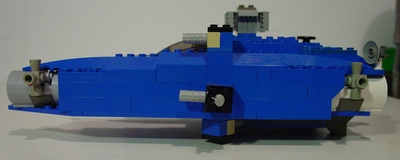 |
| |
| 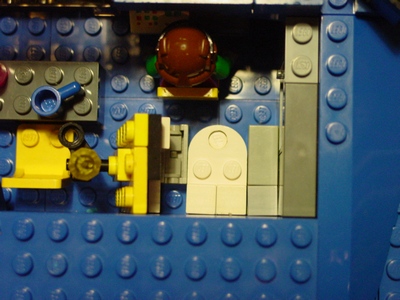 | | Jury fighters work well in groups as they have more than enough capacity to transmit full sensor and target data between ships and thus are excellent at combining firepower for maximum effect. One THNKR-2 can control up to four Jury fighters with no loss of capability. Most of the hull of the ship is armoured, with the majority being on the front, back and sides. For this reason when in formation Jury fighters tend to form up in vertical flights where practical, especially since the weapon and sensor arcs are mutually supportive this way. Under the armour is a network of cooling heat sinks, which are needed for atmospheric insertions as well as combat. In service it has been found that this is often not enough to radiate all waste heat in battle; many Jury fighters have been destroyed by simply overheating. The armour is capable of handing most light laser fire, and its ability to handle plasma depends more on cooling the area fast enough. Physical impacts like projectiles or missiles are not handled as well; protection from such weapons is best achieved by avoiding or eliminating the threat. |
| |
| | For a fighter of this size, the Jury is remarkably habitable. Due to its size it does not have gravity, but it does have sleeping, eating and sanitation facilities, as well as proving enough room for the crew to move around to a limited degree. However, there are no facilities for exercise other than using tension straps. For this reason it is not recommended to use a Jury for any mission that will require the ship to be space bound for ten days or more. The only way into the ship is via a airlock to the rear. | | 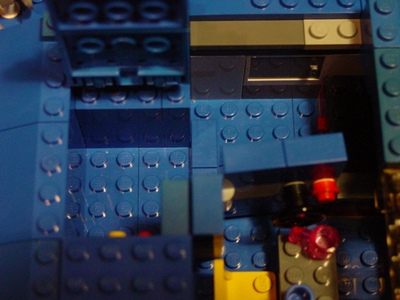 |
| |
|  | | The 1000th and last Jury was completed over five years after the first and was known as the MK7 due to several major revisions made to rectify design limitations. For example, latter Jury fighters had provisions for missiles and had a more powerful fusion plant.
Today 835 Jury Medium Fighters are still in service, with Impartial being the oldest. Like most military equipment, demands have been put on the Jury fighters beyond their intended functions. The lack of a D-Drive is seen by many as a major weakness of the class as their powerful sensors make them excellent picket ships. To combat this imitation they are often packed into a shuttle and then Dimensioned into a new area using the shuttles D-Drive. This has resulted in disaster several times when the shuttle was ambushed prior to being able to launch the fighters, so the practice is officially banned. It still is done by many however so Defence command has decided as a priority to attempt to retrofit the Jury fighters with a D-Drive. Recently Impartial was selected to be modified into the prototype for this, and it will be known as the MK8. It is hoped in this revised version to also rectify some of the other minor flaws in the design of this excellent fighter. |
| |
| Notes
This was made using the Lego set 4402 and a few extras. Higher resolution photos are on Brickshelf. It isn't quite finished yet, hence the reference to the MK8 version. |
|
|
|
| Last updated 6 Nov 08 |
|
 For software As Compact As Possible
For software As Compact As Possible


